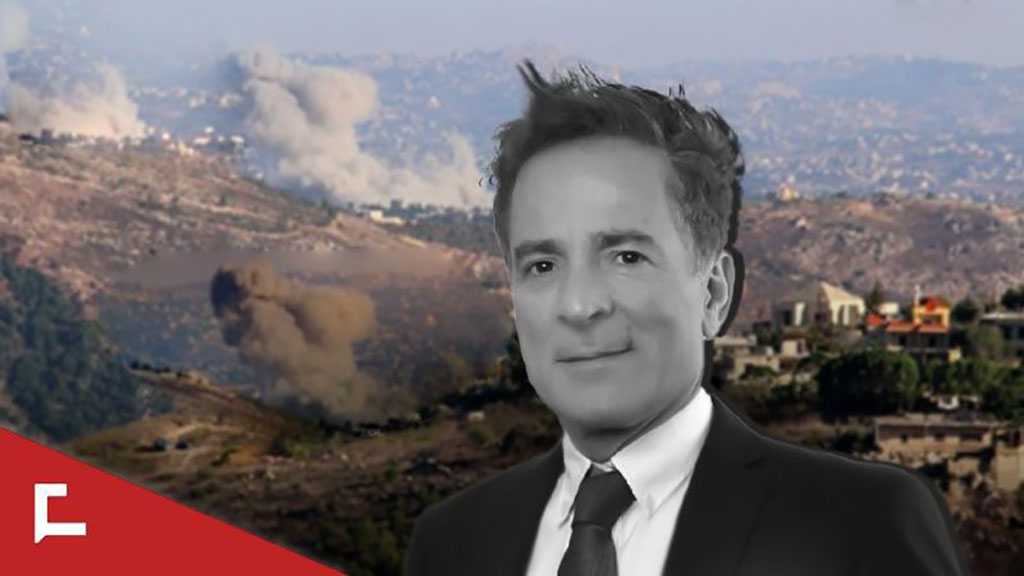
Post-Modern Saudi Arabia

Hadi Kobaysi
Three types of Middle Eastern political regimes are precedent as the criteria for determining the process of political formation in the post-colonization era:
Monarchies, semi-democratic regimes, and composite regimes.

The first type belongs to a previous epoch where "citizens" had no right or role, but were part of the possessions of the royal household. This type of regime endured exclusively in the petrol-rich desert regions. The second type is a result of the process of advancement and transformation of political systems from monarchies to military dictatorships to superficial democracies. It is an enterprise to flee from the negative and positive aspects of the past but without a complete break-off, and it is fulfilled through indirect and deceitful approaches. As for the third type, it presents itself as a composite of independence, heritage, and modernism, and it is represented in the Islamic Iranian exploit.
Monarchies are suffering from the crisis of detachment from time, and if it were not for petrol they would not have endured. They are separate from reality to the extent of lacking the ability to conform in a period of individuality, collaborative awareness, and social networks. Such regimes keep citizens restrained and ready to pledge allegiance and sing their praises, and monarchies have survived in this way because they have always been backed by Western colonial powers.
The Western powers which have become exhausted from the new Vietnam: Iraq, have forsaken the desert regions and have made some withdrawal. They have left these regimes which they had once protected to fend themselves on their own away from direct Western guardianship. The war on Yemen is an attempt to prove the ability of the monarchy to independently control its affairs and establish a new regional regime without the need for the White military to step on the desert sands.
Nomads from the petrol-rich desert are using modern technology and directly engaging in modern warfare. In the period of modernity, they operated advanced military equipment under the supervision of foreign trainers such as in the case of operation "Desert Storm". However, they have now crossed the border of Western patronage in order to join the ongoing "civilized" military movement in this fast-moving era.
The Gulf coalition aims from the war to present itself as a successful student of the Western powers. The coalition wants to show that it is able to accomplish military objectives on the field of action and to gain political earnings which are consistent with expenditures, achieve aims, and comply with American wishes to preserve the balance of power in the Middle East after the "white man" was compelled to disregard his obligations-compulsorily and not by his free will- through extensively arming the Gulf monarchies and helping them behind the scene.
In the postmodern era, war has been launched in a wide range which comprises various experiences and different military tactics in the confrontation between classic armies and non-governmental powers. Advanced approaches have been applied in Lebanon in 2006, Gaza, and Iraq in 2014. These approaches are based on minimizing direct military confrontation and land warfare as much as possible, and theories have been put forth under the heading: Effects Based Operations. These operations commence by targeting the opponent's military structure, then the infrastructure, and subsequently the civilians who are supportive of the opposing non-governmental forces or even those who are neutral in order to create internal political "effects" which are consistent with the opponent's ability to prove the benefit and validity of resistance. Thus, the military option will be completely eliminated and war comes to a halt when the classical powers state their conditions without having to resort to the battlefield.
Monarchies have been successful up till now in discovering the ways to engage in such wars. Every time they have come up with the same conclusion which the combined American-Israeli committee reached on the level of the chiefs of staff in 2007: the theory is not useful, as all undertakings have clarified. They require a high international political cover so that the classical powers can exploit long time-limits in targeting citizens in order to reach the desired "effects".
The Gulf coalition has benefitted from its sectarian scene and its great influence on mass media in order to compensate for the theory's defects with respect to the legitimate cover, and to record a competitive number in the face of its ally, "Israel", which was not able to mend the breach in effects based operations and was compelled to halt all similar operations after having committed massacres, blockades, starvation and systemized, heightening destruction.
Through that, Saudi Arabia and its neighboring and politically lagging monarchies intend to present a successful postmodern example which is able to endure during times of Western military disengagement, and which is able to successfully fulfill both functional and subjective roles. As long as their existence as political regimes- along with that of Israel- is dependent upon Western support, then they will strive to make their military and diplomatic effort in harmony with this fixed blend of interests.
The conflict between the different types of regimes places Saudi Arabia and other monarchies in the position of attempting to eliminate the composite Iranian regime in order to maintain the royal repudiation towards the modern era and the state of vehement Wahhabi dispute with heritage. On the other hand, they want to be linked to the semi-democratic regimes through sectarian alliance and economic support. These semi-democratic regimes have been relatively able to adapt to the belatedness of Gulf States and to adhere to their speeches and attempts to prove their royal identity in turn for receiving support for their weak economic structure.
Source: al-Ahed news



